Iron and Manganese removal
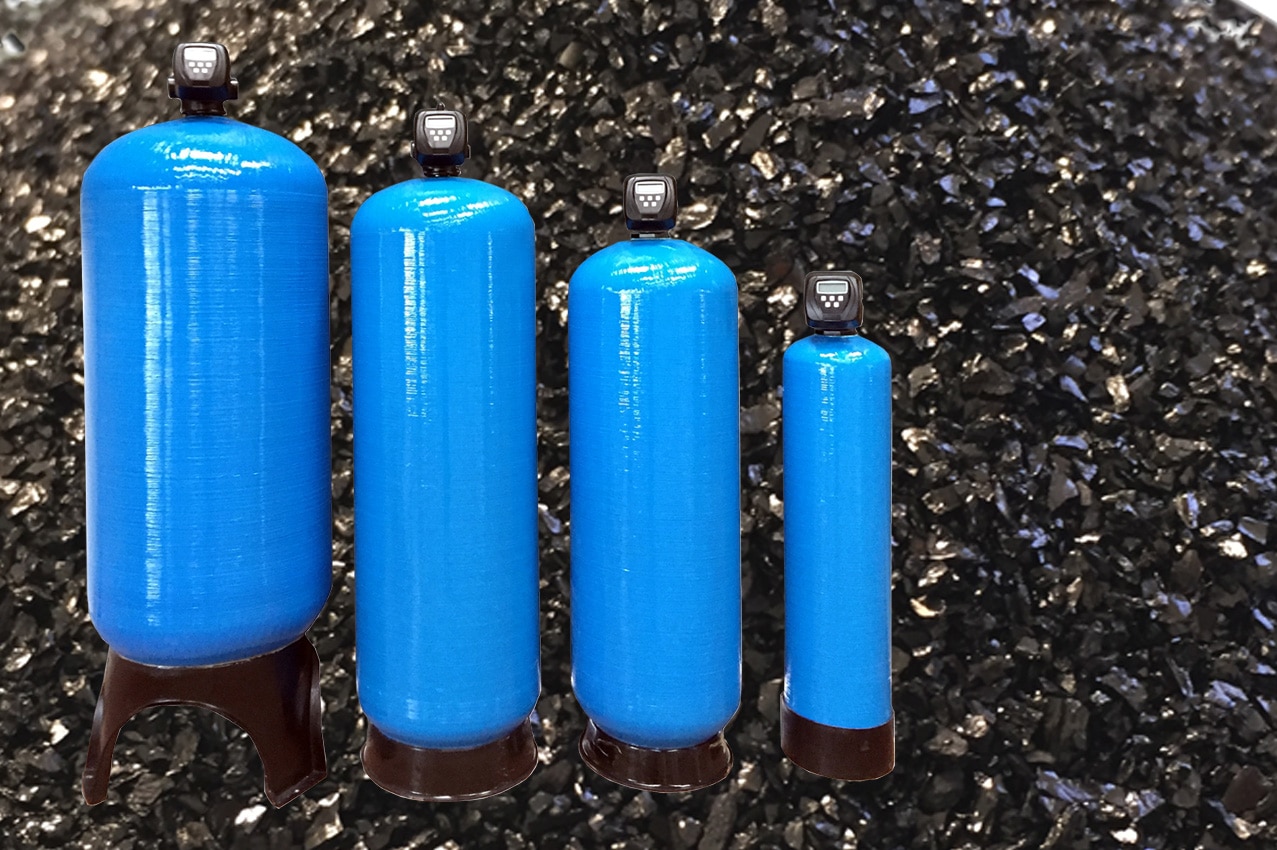
TREATMENT
For potable water treatment and industry
Iron (Fe) and manganese (Mn) must nos exceed the authorized concentration of :
Fe < 0,20 ppm
Mn < 0,05 ppm
In many places, iron et manganese contents exceeds those values and must be treated.
In order to respect standards of potability, protect domestics and industriels equipments and answer to process requirements.
THE ORIGIN
They are present naturally in the geological layers :
- – Surface waters (lakes, rivers)
- – Deep waters (sources, drillings)
Iron can also be present in industrial distribution networks or clean water due of oxidation and corrosion of the pipes.
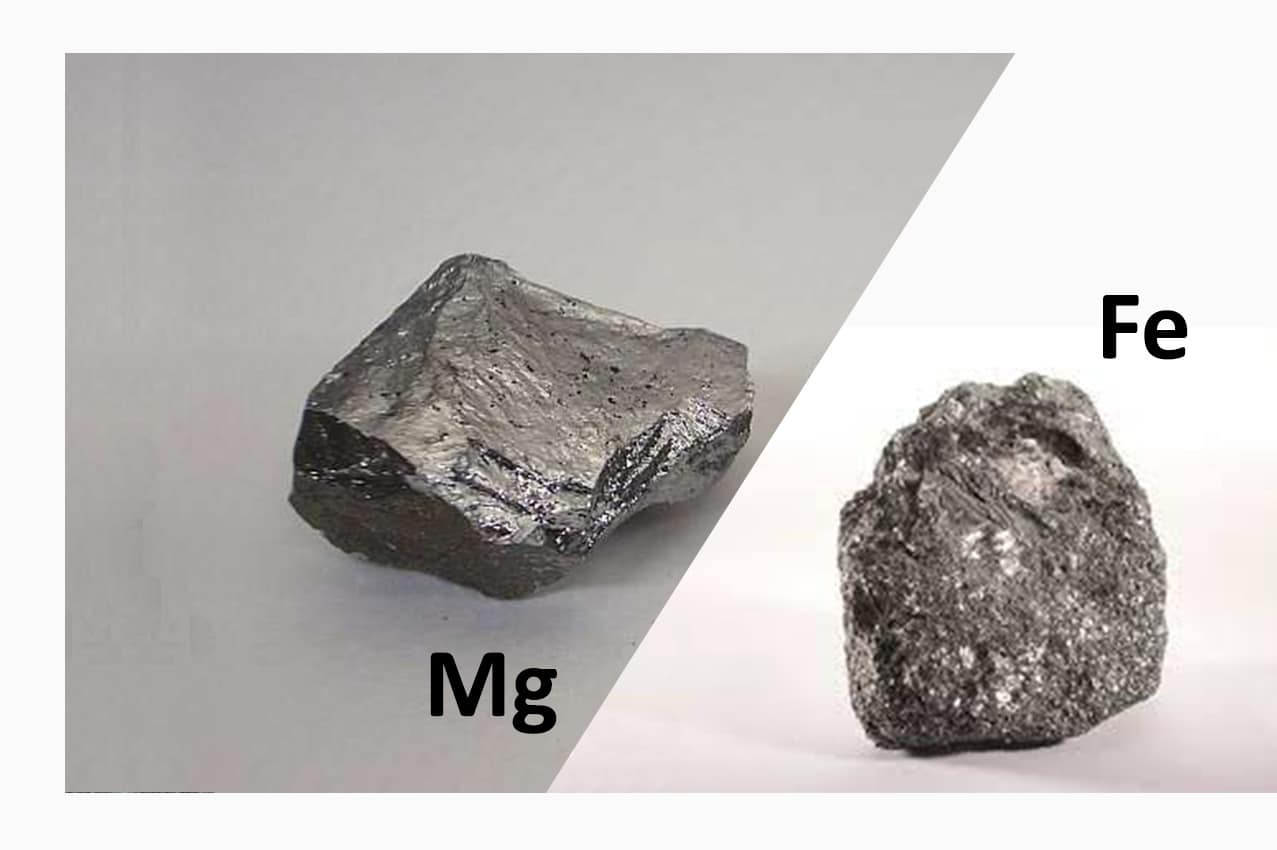
WATER ANALYSIS FIRST STEP
Before considering any treatment of its water, suspecting the presence of iron or manganese, it’s necessary to carry a water analysis, to qualified a need.
The minimum parameters to be checked to carry out a study of your water treatment are :
IRON
Fe expressed on ppm
Iron is generally divided into two mains categories :
- – A water-soluble iron or dissolved iron (Fe++) : it’s the most standard form, usually the source of users complaints and problems. If water withdrawn is in contact with the atmosphere, reddish brown particles appear after a few minutes.
- – Insoluble iron or oxidized iron (Fe+++) : if water withdrawn, it’s immediately rust-colored or red
However, iron can combine with different naturals components (acids, organic materials) and create intermediate shapes or complexes (yellow or brown colorings)
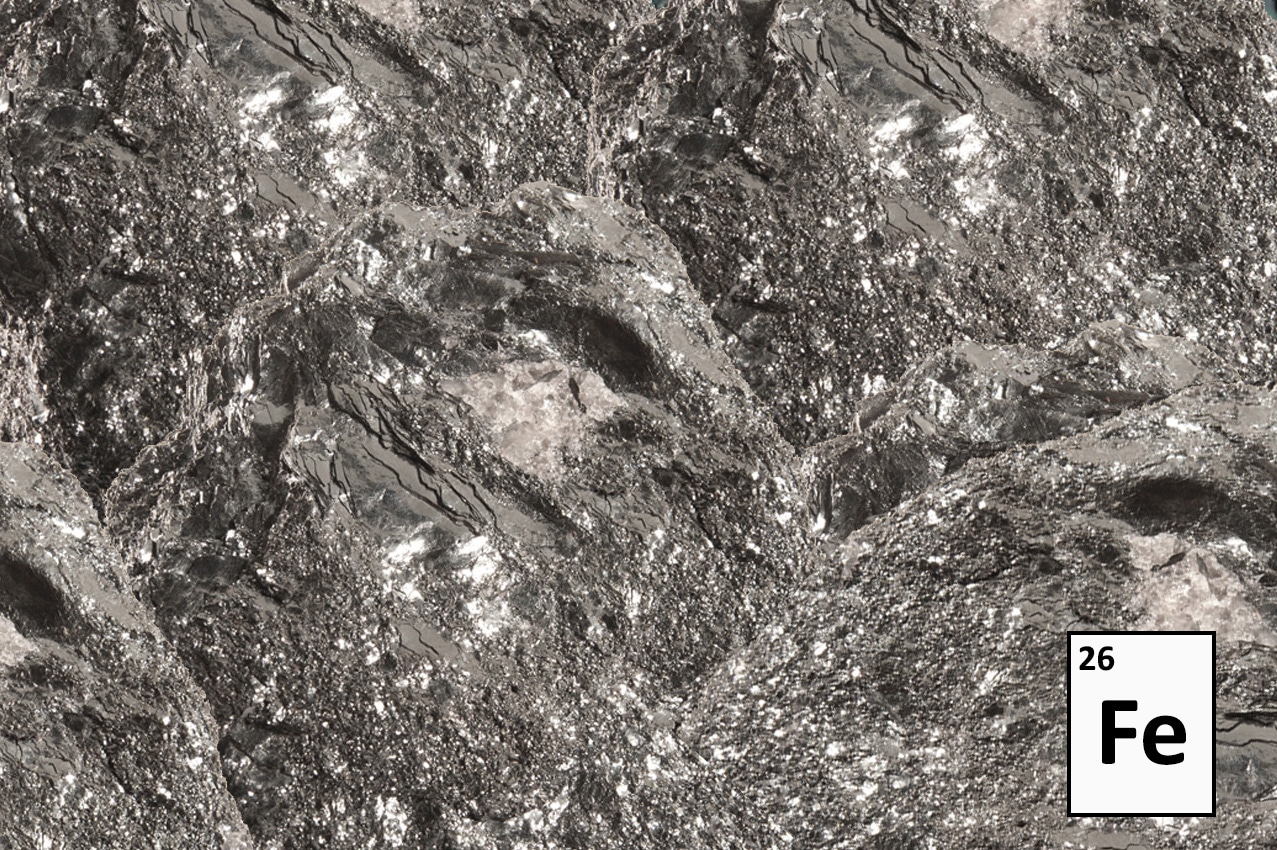
MANGANESE
Mn expressed on ppm.
It at least one of the two contaminates (Fe or Mn) it’s necessary to do this analysis :
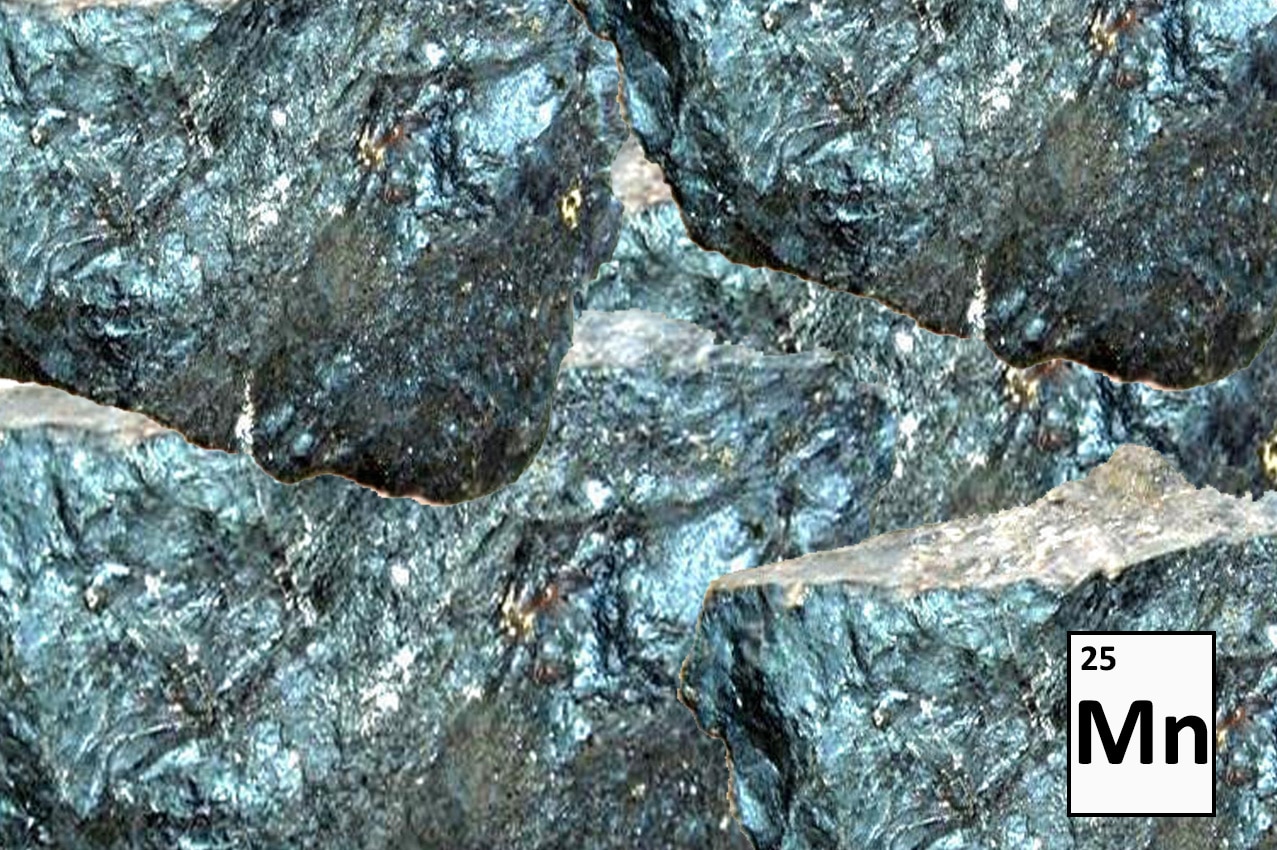
STUDY OF TREATMENTS
If possible carry out the analyzes on the site or sheltered of the atmosphere in a 100% filled plastic bottled and corked.
The sample should be taken as soon as possible to a specialized laboratory.
-
Hard water
TH expressed on °F expresses the hard water
-
The potential of hydrogen
Ph expressed on a scale of 0 to 14 (0 acid, 7 neutral, 14 basic)
-
Redox potential
Re expressed on mV
-
Dissolved oxygen
O2 expressed on ppm necessary for the catalytic reaction of iron and managanese oxidation
-
Sodium
Na expressed on ppm. Can be calculated by difference if TH, TAC, Cl, SO4 and Ph are known
-
L’alcalinité ou le taux de bicarbonates
HCO3 expressed on ppm or TAC expressed on °F
-
Sulfate
SO4 expressed ppm
-
Chloride
Cl expressed on ppm
-
Free chlorine
Cl2 expressed on ppm
-
Hydrogen sulfide
H2S expressed on ppm
-
Ammonia
NH4 expressed on ppm
-
Suspended matters
MES expressed on ppm
-
Turbidity
Water colouring – Water expressed on NTU
-
Bacteriology
Content and nature of the germs presents expressed on CFU/ml
QUANTIFY NEEDS
When the water analysis is performed, we have to do a precise assessment of water needs :
– Nominal flow (m3/h)
– Peak flow (m3/h)
– Daily consumption (m3/j)
– Need to provide treated water 24/24 or possible interruption of treatment during night to carry out a regeneration cycle or washinf a filter
– Water quality to be obtained : it’s imperative to reduce amount of Iron and Mn to obtain the required concentration ? Should be the concentration reduced for industrial or private use ?
– Should be guarantee a drinkable water from a microbiological point of view ?
– Should be guarantee other parameters ?
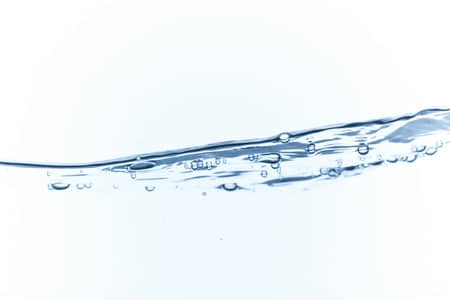
TREATMENT PROCESS
Many process exist for iron and manganese removal
We have chosen 4 process to meet 95% of applications, keeping simple treatment lines to implement.
They can answer to controllable technical and financial criteria.
BIRM
The word BIRM® is an acronym to « Backwashing Iron Removal Filter ».
It’s a manganese dioxide impregnated with an alumina silicate used as media in catalytic oxidation filters for iron, manganese (when present in low concentration)
The BIRM ® acts as a catalyst between dissolved oxygen and soluble iron generating an oxidation reaction of dissolved iron (Fe ++) to insoluble iron (Fe ++). It produces an iron hydroxide which precipitates and can be easily filtered on the Birm®. Its physical properties make in an excellent filter, easily washable, allowing precipitates to be evacuated easily.
The cost of the BIRM® is particulary low because it doesn’t require chemicals product for its regeneration, a simple wash is enough.
However, the BIRM® has its limits : the water shouldn’t contain any oil, hydrogen sulfide and the level of organic matter must not exceed 4 to 5 ppm.
Moreover, the water must contain the equivalent in dissolved oxygen of 15% of the value of Iron and Manganese to be treated. In many cases, an air injection must be carried out allowing to reach the oxygen concentration
The content of hydrogen sulfide (H2S) must be less than 1 ppm.
The presence of ammonia (NH4) greatly disturbs the functioning of Birm ®.
Finally, the operating pH range must imperatively be above 6.8 and below 9.0 for proper operation.
If Manganese is alone is present, the pH range is between 8.0 and 9.0.
In de case of Fe coupled with Managense, the pH must be less than 8.5 . Otherwise, an almost impossible to filter iron colloid will be created.
Birm® can be used for water containing 0.3 to 8.0 ppm of Iron and 0.2 to 0.4 ppm of Mangaenese maximum.
Warning : the presence of chlorine reduces the effectiveness of Birm ®.
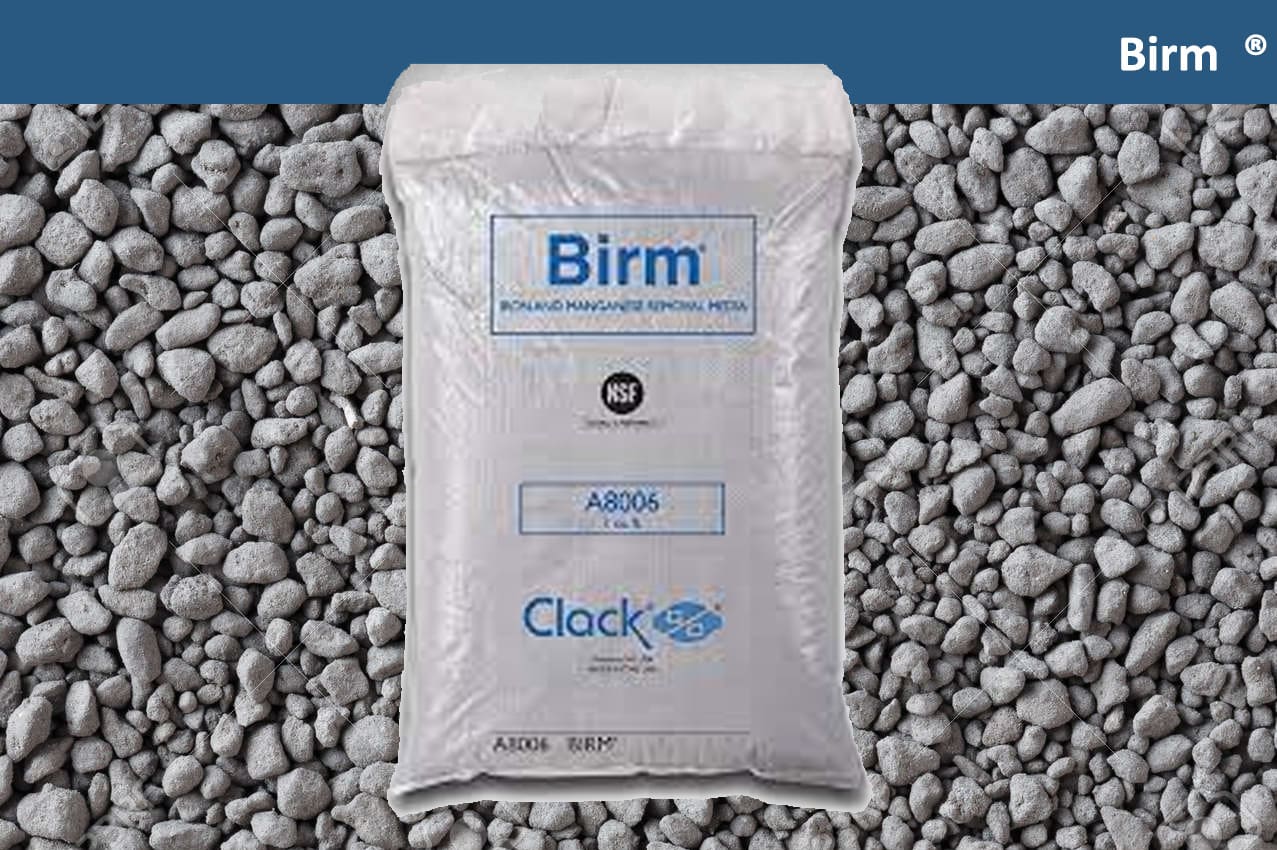
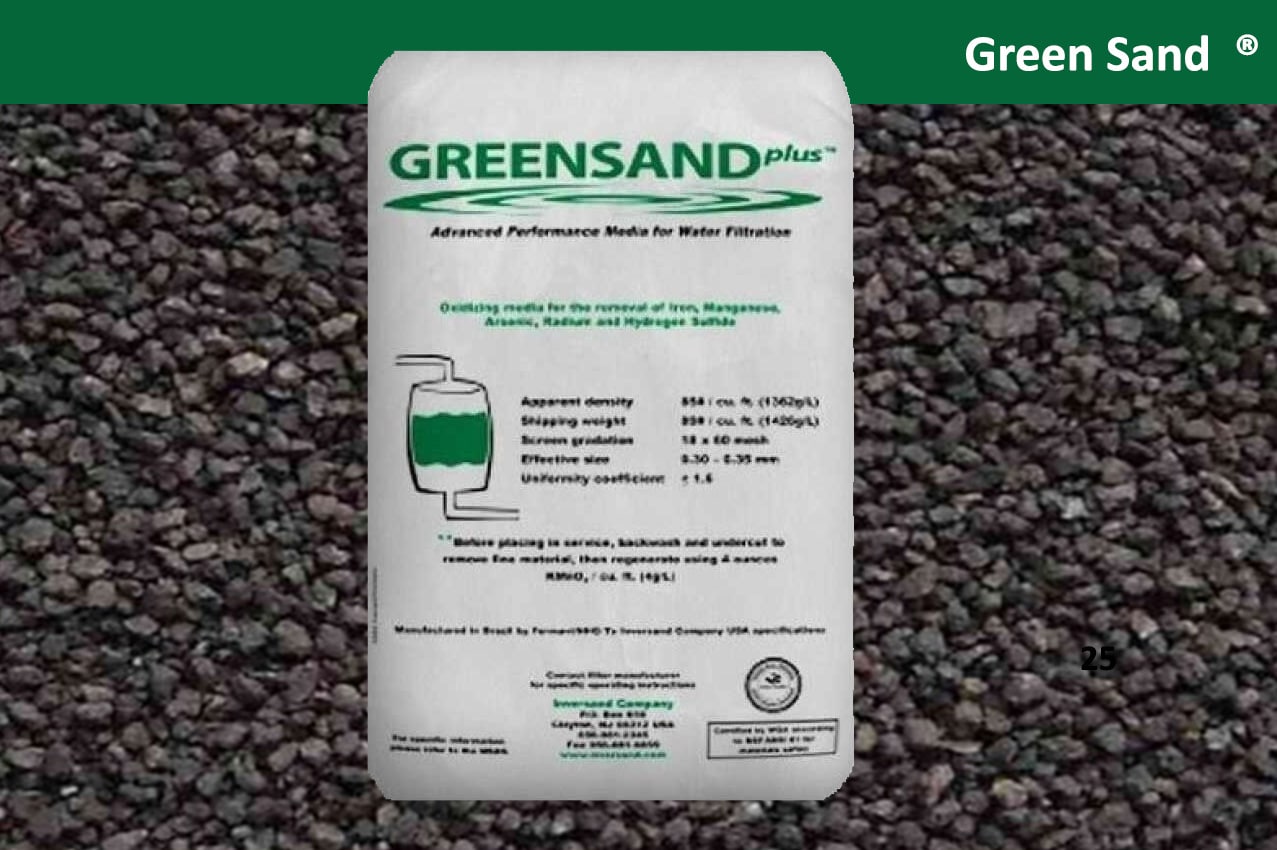
MANGANESE GREEN SAND
The Manganese Green Sand® is a manganese zeolite obtained from a natural silicate : “the glauconite” or Green Sand.
It is used in the processing applications of Iron and Manganese which are oxidized and precipitated by contact with the outer layer of the zeolite. It is made up of oxides which are reduced to insoluble oxides with lower degrees of oxidation.
When the zeolite is saturated, it must be regenerated with a solution of Potassium Permanganate (KMnO4) in the same way that softener is regenerated with brine.
The content of hydrogen sulfide (H2S) must be less than 3 ppm.
Finally, the operating pH range must imperatively be above 6.5 and below 8.5 for proper operation.
Manganese Green Sand® can be used for water containing 0.3 to 15.0 ppm of Iron an 0.2 to 0.5 ppm of Manganese maximum.
Warning : continuing to use Green Sand ® after it has been exhausted may damage the media.
MTM
This product is a managanese zeolite like green sand ® but with a lower density and an ability to work at lower Ph.
It also requires a lower backwash speed.
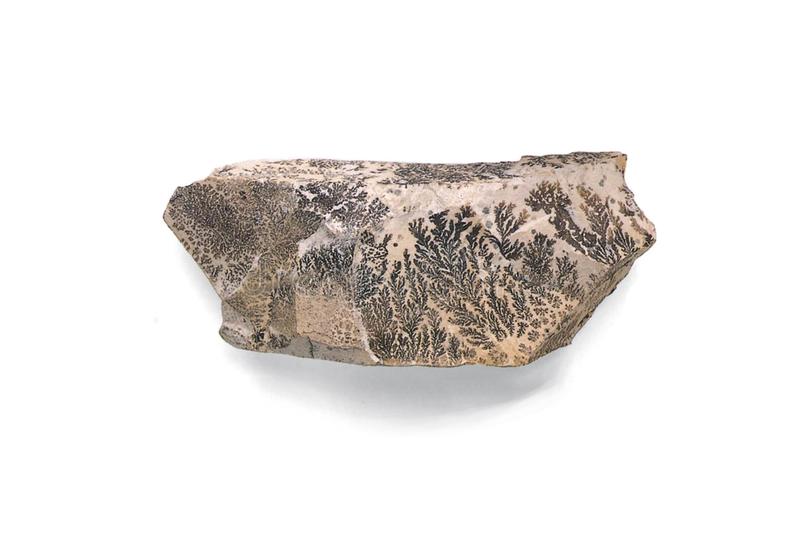
PYROLUSITE
Pyrolusite is a natural mineral containing 80% manganese dioxide : its catalytic power of iron and managanese surpass traditional products such as Birm, Green Sans or MTN.
Mixed at 40 to 50% with sans, it remains stable over pH values ranging from 5.0 to 9.0.
As long as the redox potential is greater than 170 mV and the pH is between 6.5 and 8.5, it doesn’t require the addition of oxygen or other oxidants.
For pH between 5.0 and 6.5 or between 8.5 and 9.0 the dosage of an oxidant becomes necessary, but the contact time can be reduced to a few seconds.
In the event of the presence of manganese, it is sometimes necessary to raise the pH to around 8.0
In the most critical cases on water containing iron with organic matter, good results have been obtained by measuring potassium permanganate.
It’s always preferable to install, when possible, an oxidation before the pyrolusite to ensure that the reduction reaction will be complete, and to warantee the longevity of the media.
Oxidation in air is simple and inexpensive, but oxidation with chlorine remains more effective and controls bacterial growth in the filter.
Possible oxidizers :
- – Chlorine
- – Hydrogen peroxide
- – Potassim permanganate
- – Oxygen (air)

